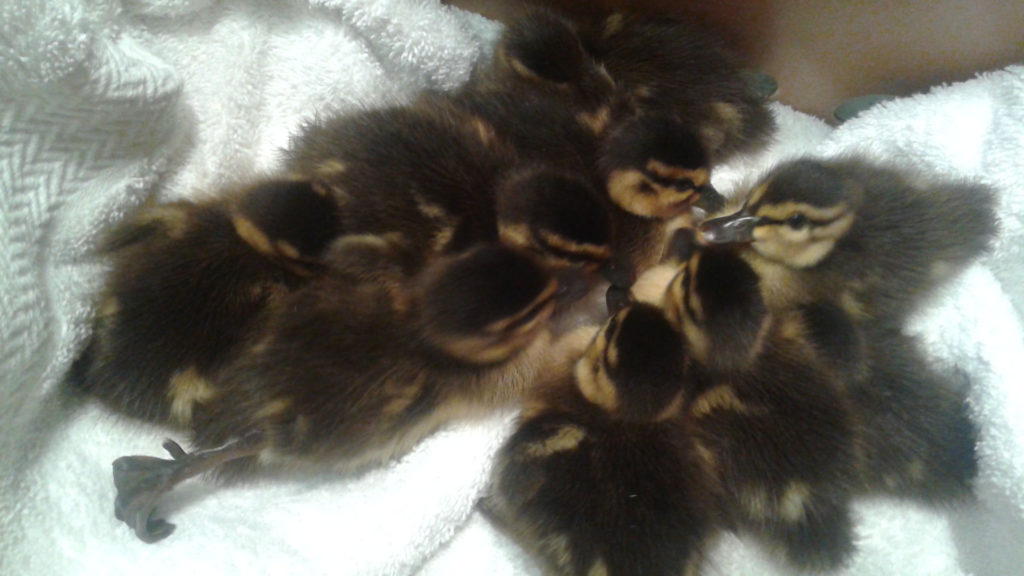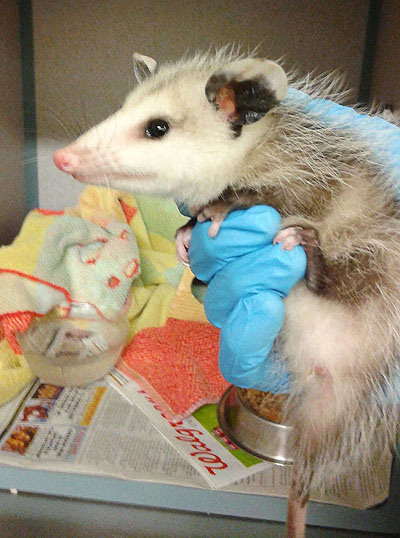
John with a shelter dog at an adoption event in Windsor.
Q & A with John Skeel, SFACC’s new Deputy Director
Where were you born/raised and were you interested in animals growing up?
Originally from Brighton, England, I grew up about an hour north of London in the city of Peterborough. I have always had an interest in animals and there were animals around me as I was growing up, including dogs, cats, rabbits, hamsters, birds and fish. An uncle of mine worked as a manager on a farm, so I was around farm animals too.
What is your past experience?
I moved to the United States 31 years ago and received my Bachelor’s Degree from Central Michigan University in Therapeutic Recreation/Psychology, and my Master’s Degree from Michigan State University in Park, Recreation and Tourism Resources/Urban Studies. Most of my career I’ve worked as a director or manager for a variety of municipalities, special districts, and non-profit organizations in administration.
My early career work involved developing therapeutic programs involving treatments for people recovering from various physical, mental, or emotional conditions where animals—such as dogs, cats, and horses—were part of the therapeutic treatment. For example, working with horses in hippotherapy programs where horseback riding is used as a therapeutic or rehabilitative treatment for improving a person’s coordination, balance, and strength. Even in the park and recreation field I was responsible for the creation and management of dog parks, equestrian trails, and farms.
During the last five years I was the Director of Animal Services for Sonoma County, where I managed animal services for the County and ran a shelter operation very similar to the one here at SFACC. In Sonoma my work focused on improving the life of animals at the shelter to increase our live release rate and adoptions. These efforts included making various innovative shelter improvements, increasing efficiency and effectiveness of operations, expanding and improving community outreach efforts, reorganizing the overall operation, managing a rebranding effort and overseeing an awareness campaign designed to reposition the organization to maximize support for funding and other resources. Oh, and then there were the annual fires and floods, which helped to give me an unforgettable first-hand education on disaster and emergency response and preparedness.
When did you start working at ACC and what do you do?
I serve as deputy director here at ACC, a position I have held since September 3rd of this year. My responsibilities include the development and implementation of policies and procedures that determine which animals will be made available to the public, which will require alternative placement, and which will be humanely euthanized. I ensure that the shelter meets the highest animal care standards as determined by national humane organizations, federal and state law, and public perception. I’m responsible for managing all aspects of field operations, including patrols, investigations, and enforcement of animal neglect and abuse cases. I manage front counter operations, including licensing, permitting, and other regulatory programs. I also manage volunteer and outreach programs, and supervise a staff responsible for the care of 10,000 animals each year, including domestic, wild and exotic species. I must also work effectively with the department’s adoption partners, volunteers and other animal control agencies, who play a key role in maintaining and improving the City’s live release rate. I also work with other law enforcement agencies within and outside of San Francisco to improve compliance.
What do you enjoy most about your job?
After three months on the job, I’m still learning and understanding my responsibilities and how best I’m going to be able to assist ACC, however, I am really enjoying getting to know the staff, volunteers, and the community we serve.
So far, what is the most memorable case/situation/adoption at ACC?
Every day has been memorable so far. I don’t think there have been two days that are the same, which helps to keep things very interesting.
Do you have pets of your own? If so, how many and what are their
names? What do you do when not at work (hobbies, interests)?
We have two pets, both rescues from local shelters: Max our dog (6), and Kitten our cat (3). Over the years we have also had fish, hamsters, rabbits and lizards. My home is actually in El Dorado Hills, but I have a room in the Mission District where I stay at during the week. I usually take the Amtrak to go back home on weekends. I enjoy running, hiking, movies, concerts, and gardening all as ways to relax and rejuvenate. Travel is another passion, whether it’s overseas or just something local, simply getting out and doing something different and meeting new people is what I enjoy.
Do you have any ideas, aspirations for the shelter’s future?
Obviously, I’m really excited for the opening of the new shelter, which is one of the reasons I was so interested in this position. I think the new shelter will not only be unique and state of the art, it will be an incredible opportunity for SFACC to mature into an organization that can set itself apart from other similar organizations, and in doing so be able to create an environment and a presence where we can become the leading edge for innovation, compassion, and leadership in animal care, not just in our community, but also in the state and across the U.S.

Kitten as a kitten (now three years old)
 Michael with his beloved Simon[/caption]
Michael with his beloved Simon[/caption]










